Fruits have a squeaky-clean reputation. They show up in smoothie bowls, they headline “clean eating” Pinterest boards, and they’re basically the prom queens of the produce aisle.
But here’s the juicy truth: not all fruits are sugar saints. Some of them come dressed in vibrant colors and wholesome vibes, yet sneak in more sugar than a donut with an identity crisis.
If you’re trying to cut back on sugar—whether for health reasons, energy balance, or to dodge the dreaded mid-day crash—knowing which fruits to friend and which to ghost is crucial.
But don’t panic! We’re not here to cancel fruit. You just need the inside scoop on which ones are high-sugar heartbreakers, and which ones you can eat without spiking your blood sugar or wrecking your progress.
1. Mangoes
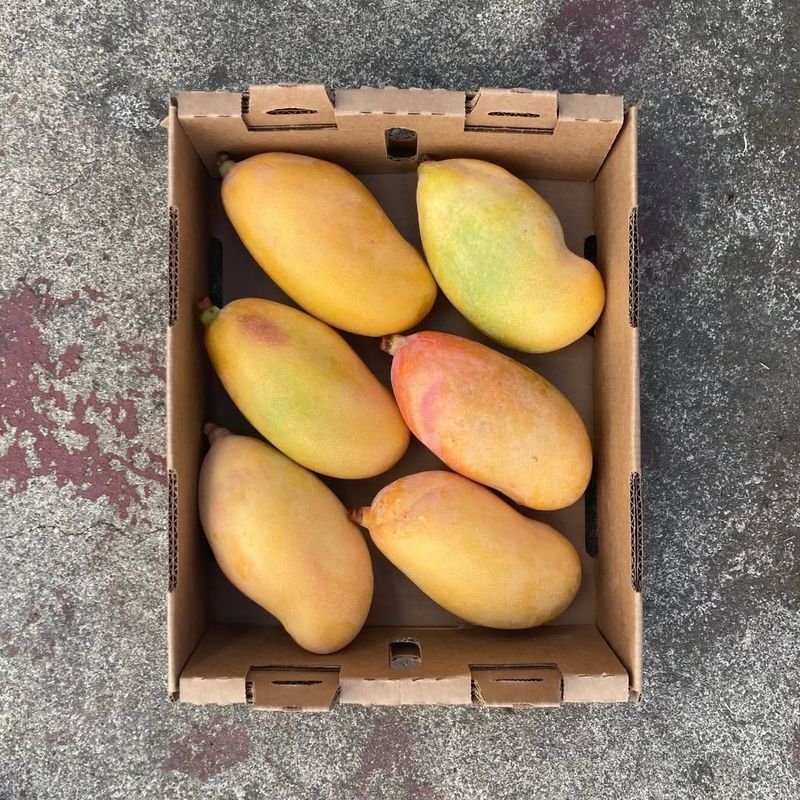
If fruit had a sweet tooth, mangoes would be in trouble. These tropical temptations are basically sunshine in a skin, but they come with a hidden punch—over 45 grams of sugar in one whole fruit.
One juicy slice leads to another, and before you know it, you’ve had dessert disguised as a snack. Mangoes may be rich in vitamin C and folate, but that sugar load can hit harder than a surprise plot twist in your favorite drama.
Try freezing small mango chunks and savoring a few at a time—think of it like portion-controlled paradise. Or save them for a post-workout treat when your body is craving quick energy.
2. Grapes
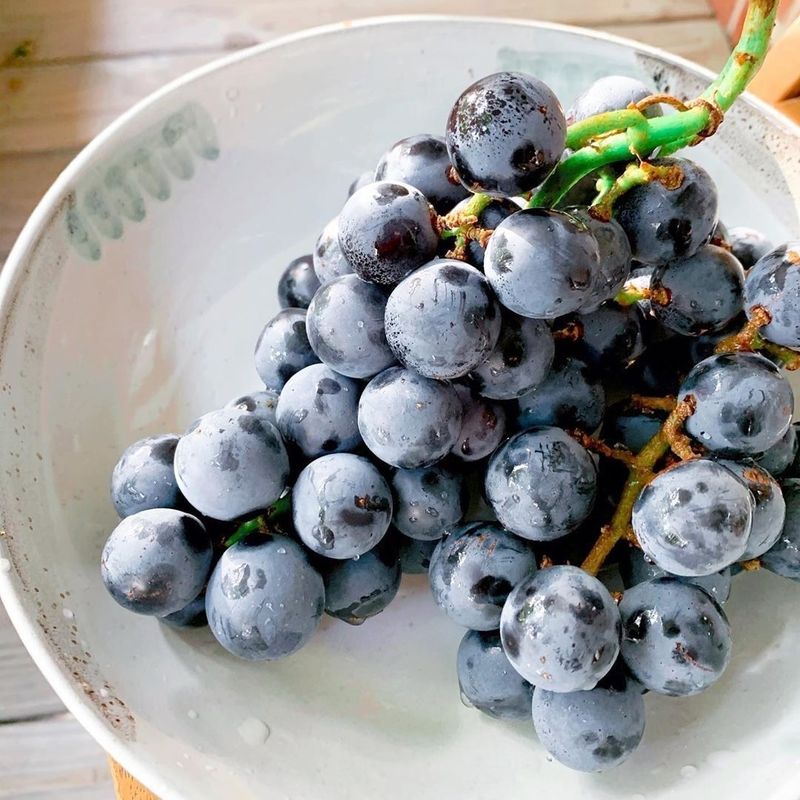
Grapes are the candy of the fruit world—small, sweet, and impossible to stop popping in your mouth. But here’s the deal: a single cup packs 23 grams of sugar, and let’s be honest, no one eats just one cup.
They’re like nature’s version of jellybeans, and the worst part? They’re so tiny, you feel like you’re barely eating anything. But your blood sugar knows the truth.
Want the flavor without the sugar spike? Freeze a few and treat them like little icy gems. Or better yet, pair them with protein like cheese or nuts to soften the blow.
3. Cherries
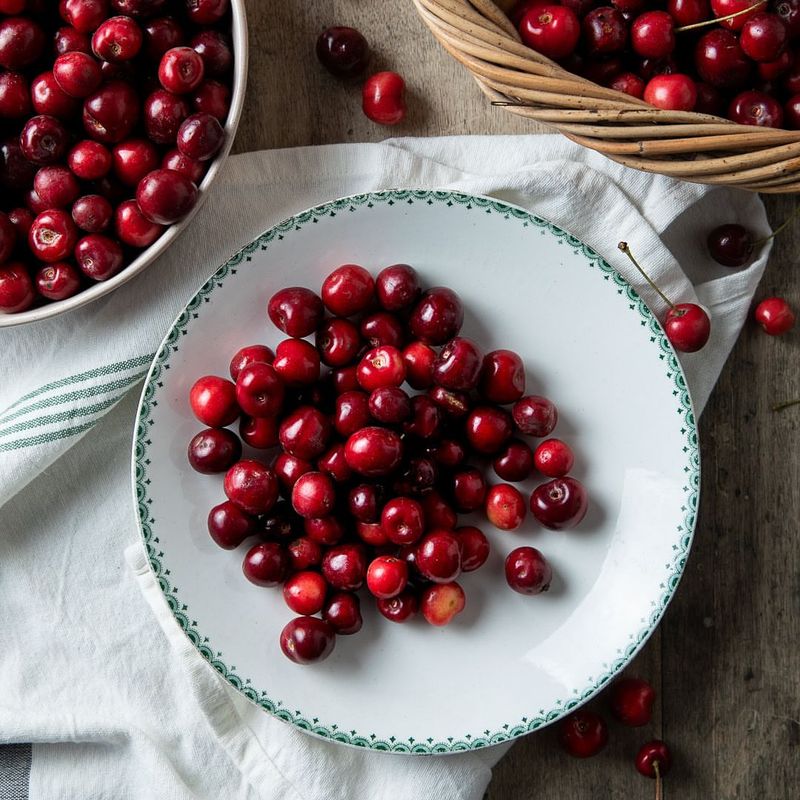
They may be cute, but cherries are sneaky little sugar bombs. With around 18 grams of sugar per cup, they can turn your healthy snack into an unexpected sugar surge.
Plus, they’re addictive. One handful becomes two, and next thing you know, you’ve eaten enough to send your glucose levels on a joyride. Don’t let their bite-size charm fool you.
The high glycemic index means they hit your bloodstream fast, so moderation is key. Want a smarter swap? Go for frozen cherries in smoothies—just use a small portion and blend with low-sugar fruits or greens.
4. Bananas

Everyone’s go-to breakfast fruit might not be as innocent as it looks. A medium banana clocks in at about 14 grams of sugar, and it’s fast-acting sugar, too—ripe bananas spike faster than your morning espresso.
Sure, they’re full of potassium and fiber, but they’re not the best friend of those managing blood sugar levels. Overripe ones? Even worse. That soft texture equals higher sugar content.
If you love bananas (and who doesn’t?), slice half into oatmeal or a smoothie with protein and fat to balance it out. That way, you get the flavor without the sugar rollercoaster.
5. Pineapples
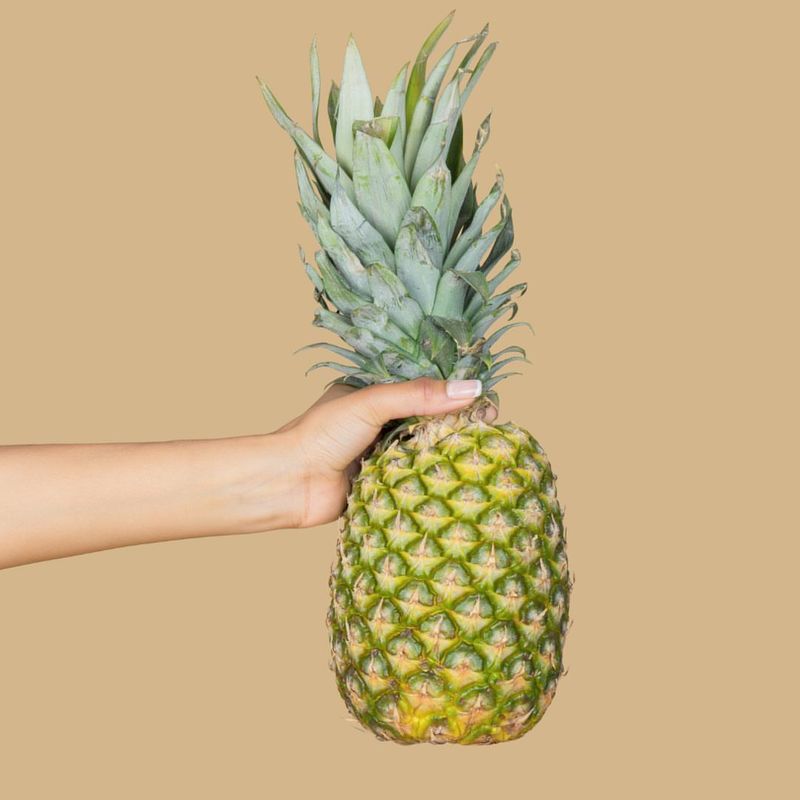
One bite of pineapple and your taste buds go full-on vacation mode. But this island delight comes with 16 grams of sugar per cup—and a high glycemic load that crashes your tropical party fast.
The tangy-sweet combo makes it feel refreshing, but it hits your bloodstream with the subtlety of a tidal wave. It’s basically the fruity version of soda in disguise.
Want to play it smart? Mix a small portion into a salsa with tomatoes, onions, and cilantro—suddenly, it’s less dessert, more zesty topping for grilled proteins.
6. Figs
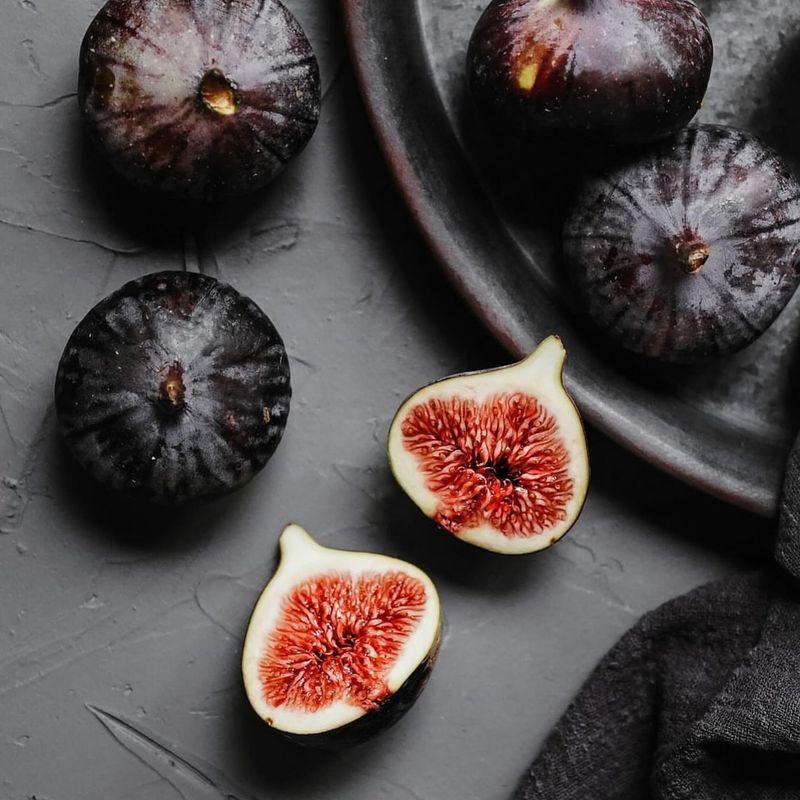
Fresh or dried, figs are like nature’s candy bars. A single fresh fig holds about 8 grams of sugar, and the dried ones? Think triple that. Yep, they’re delicious but dangerous if you’re sugar-watching.
It’s easy to justify because they feel fancy. You picture figs on a cheese board or drizzled with honey—very classy. But classy doesn’t mean low-sugar.
Swap them out with a small chunk of dark chocolate if you’re craving something rich and sweet. Or just stick to one fig at a time, paired with something salty to cut the sweetness.
7. Lychees
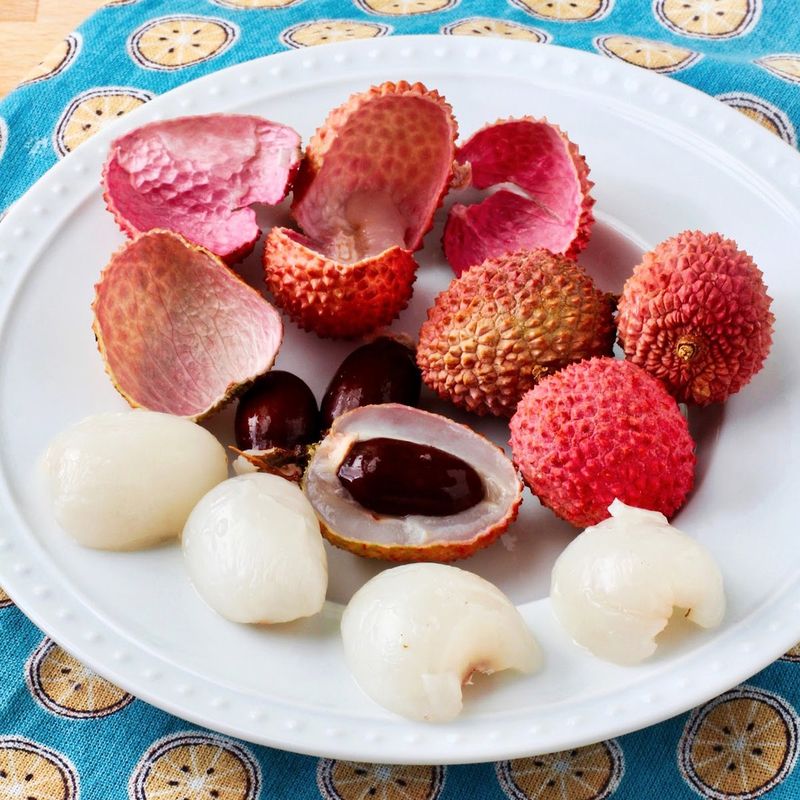
Lychees look like something out of a fairytale—pearly insides with a rosy shell—but a cup carries over 29 grams of sugar. They’re exotic, sure, but also explosively sweet.
Their juice practically begs to be turned into cocktails or desserts, which should be your first clue. Lychees are like the guest who shows up overdressed to a casual brunch—delightful, but a little extra.
Enjoy one or two if you’re feeling indulgent, but don’t let the whole container vanish in a sitting. Trust me, your pancreas will thank you.
8. Pomegranates
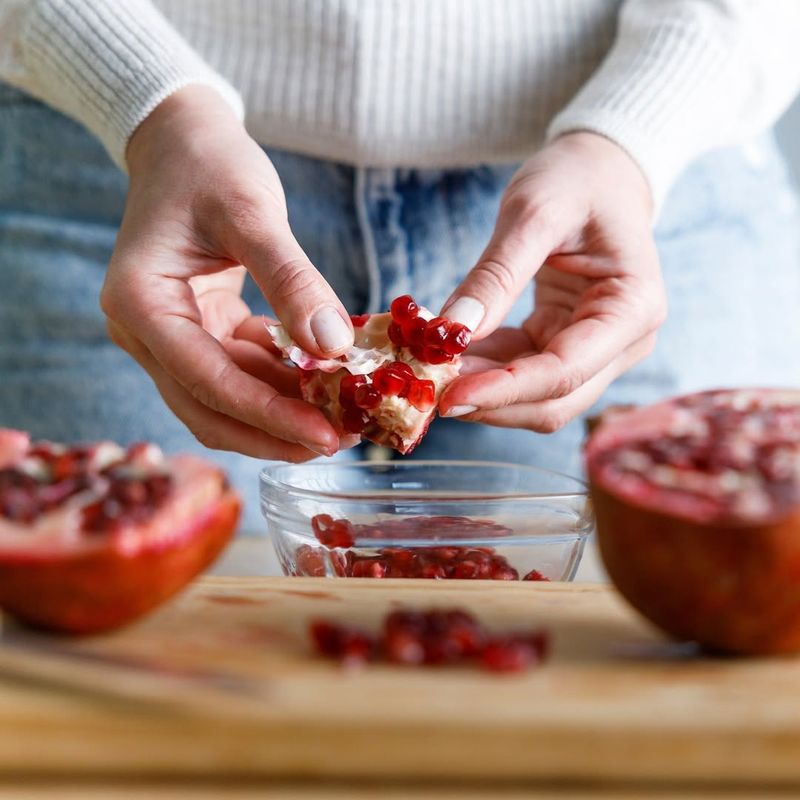
They’re antioxidant royalty, but pomegranates come with a sugary price. One cup of arils—the juicy red seeds—contains around 24 grams of sugar. It’s healthy sugar, but sugar nonetheless.
And once you start, it’s hard to stop. All those tiny bursts of flavor are incredibly satisfying, but they add up fast. Think of it like popcorn at the movies—dangerously snackable.
To keep it cool, sprinkle a tablespoon or two over a salad or yogurt. You still get the tart pop without the full sugar hit.
9. Oranges (especially juice)
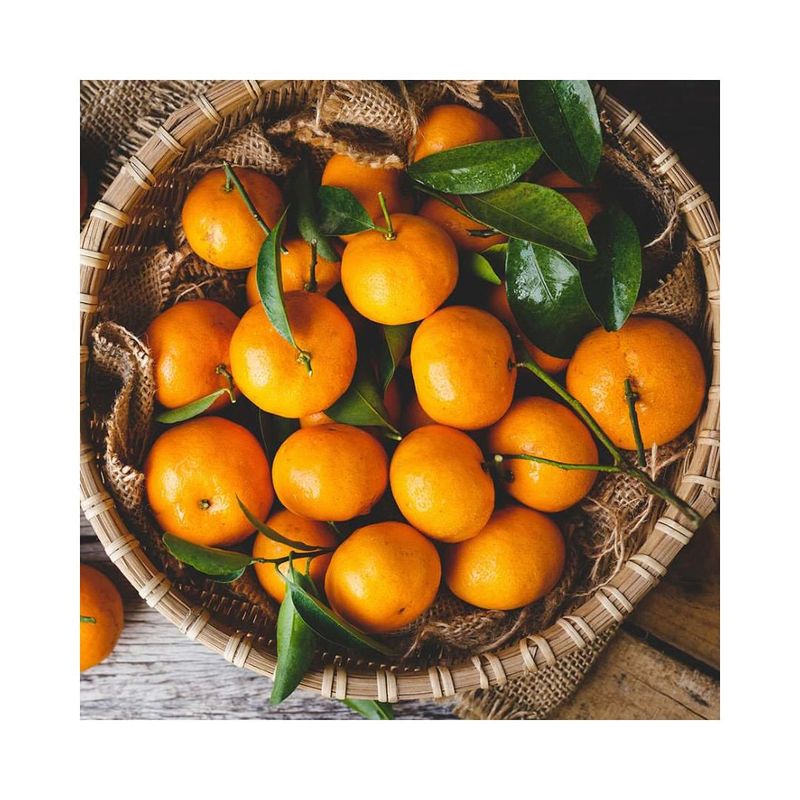
Orange you glad we’re telling you this? Because while oranges feel like a health halo food, one medium fruit contains about 17 grams of sugar—and orange juice is far worse.
Juicing removes fiber, leaving you with a glass full of concentrated sweetness. It’s like trading a slow-release candle for a flash fire.
Eat whole oranges in moderation, and steer clear of the juice aisle. Your blood sugar prefers the scenic route, not a rollercoaster.
10. Tangerines
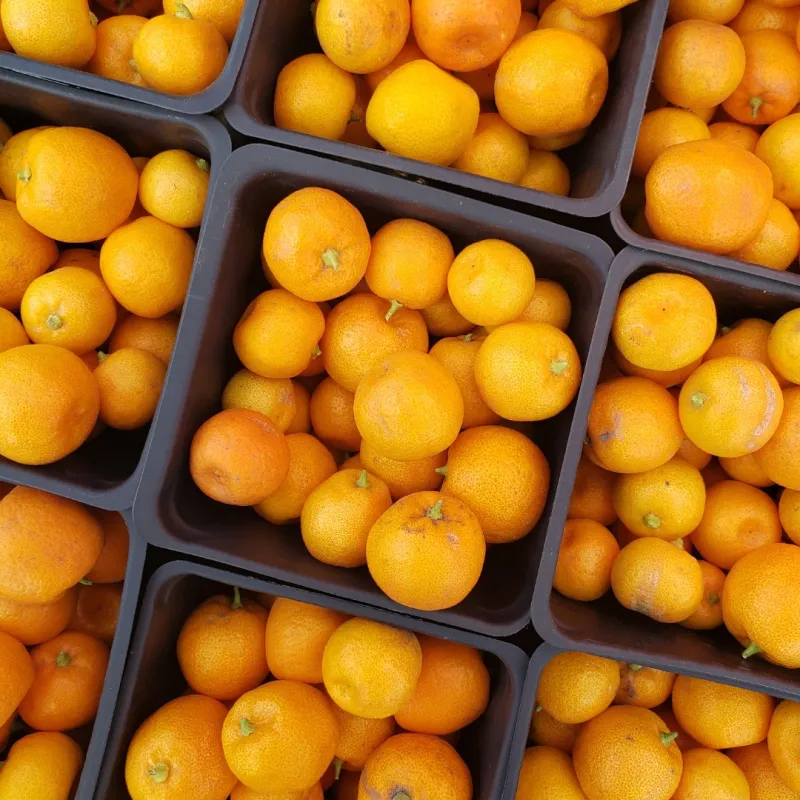
Tangerines may be pint-sized, but they pack a surprising punch. Two medium tangerines total around 20 grams of sugar, which can sneak up on you fast.
They’re the kind of fruit you peel mindlessly while scrolling your phone, unaware that you’ve devoured three in five minutes. Oops.
If you’re craving citrus, try squeezing a slice over sparkling water for a refreshing twist—flavorful, without the sugar spike.
1. Avocados
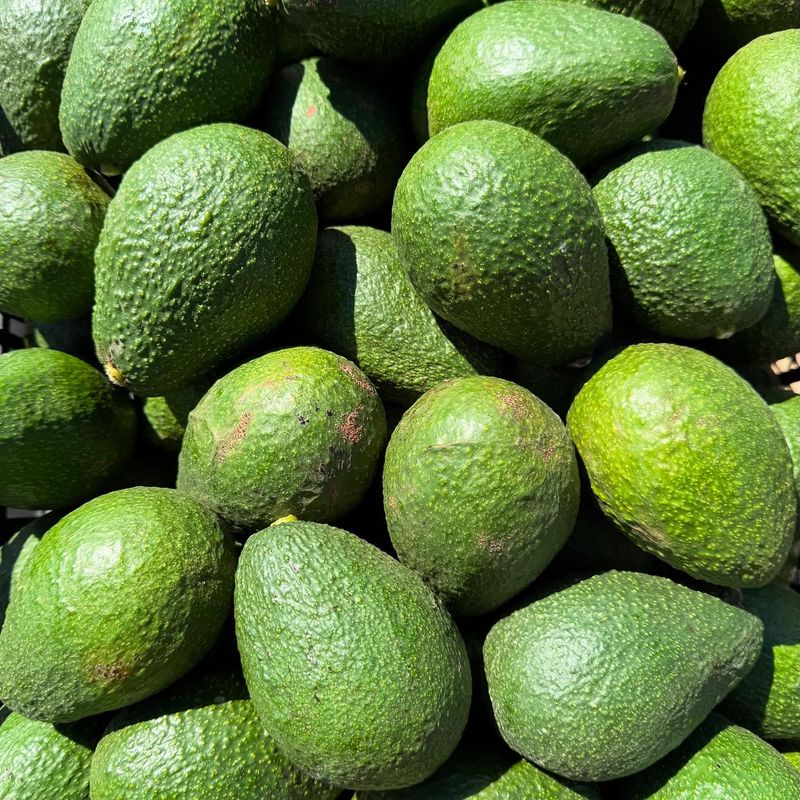
Yes, they’re technically a fruit—and no, they’re not here to raise your sugar levels. Avocados are the cool, creamy rebels of the fruit world with less than 1 gram of sugar per fruit.
Instead of sweetness, they bring healthy fats, fiber, and that luxurious texture we all dream about. Think of them as fruit going through a savory phase. Want to make dessert out of them? Toss some in a blender with cocoa powder and a dash of sweetener—hello, healthy chocolate mousse.
Whether smashed on toast or diced into a salad, avocados don’t mess with your blood sugar. They just want to make your life smoother.
2. Berries (Strawberries, Raspberries, Blackberries)
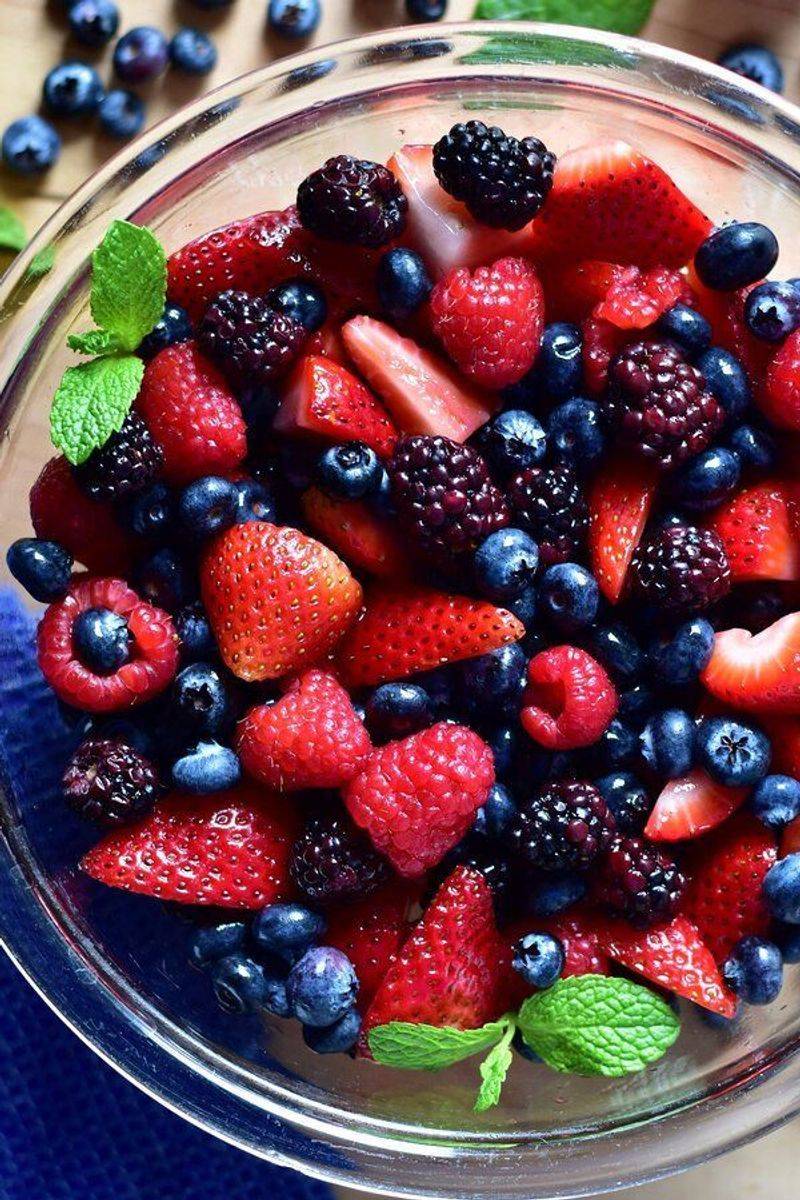
Tiny but mighty, berries are like the superheroes of the fruit bowl. Raspberries, for example, have only 5 grams of sugar per cup, and they’re loaded with antioxidants and fiber to boot.
Unlike those sugar-laden tropical fruits, berries bring the flavor without the fallout. They’re tangy, sweet, and low-glycemic—so your body gets the goods without the glucose chaos.
Toss them in Greek yogurt, blend them into smoothies, or snack on them by the handful. They’re basically nature’s candy—if candy helped lower your risk of chronic disease.
3. Kiwi
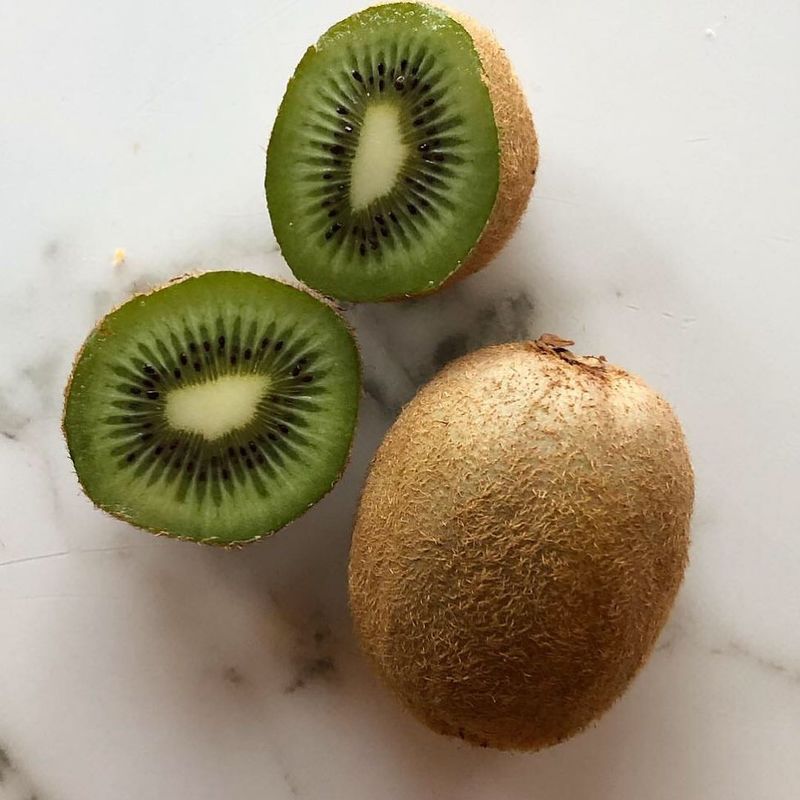
Don’t let the fuzzy exterior fool you—kiwis are friendly on the inside. With only about 6 grams of sugar per fruit, they’re sweet enough to satisfy, but not enough to sabotage.
Plus, they’re packed with vitamin C, potassium, and fiber—basically the multivitamin of the fruit aisle. Their slightly tart edge makes them refreshing and fun, like the citrus cousin who just moved to town.
Scoop it out with a spoon or toss it into a fruit salad. Bonus points if you eat the skin for extra fiber (yes, it’s edible!).
4. Cranberries (fresh)

Tart, punchy, and wildly misunderstood. Fresh cranberries clock in at just 4 grams of sugar per cup, but they rarely get the spotlight because most people only meet them in sauce—or worse, juice—laden with added sugar.
They’re like that one friend who’s amazing once you get to know them—but often passed over for flashier company. Chop them into oatmeal, blend them into smoothies with sweeter fruits, or roast them with herbs for a side dish that slaps.
Just steer clear of the dried and sweetened versions unless you’re prepared for a sugar ambush.
5. Lemons and Limes
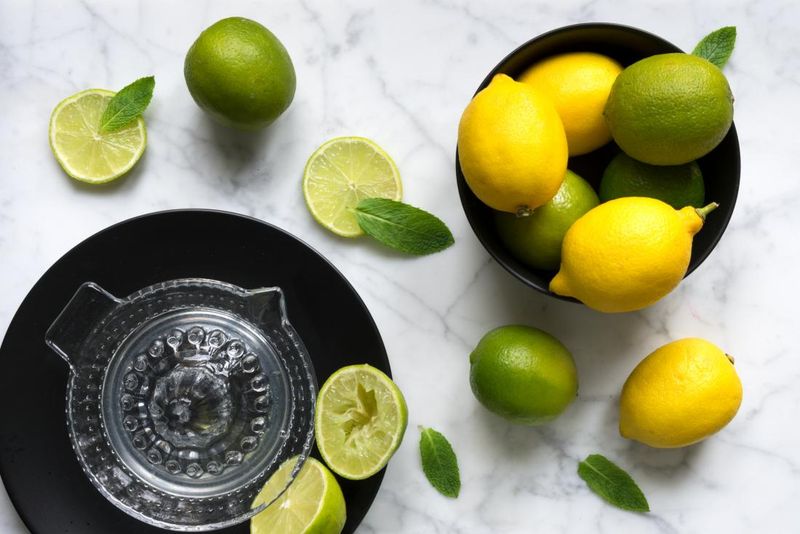
Zesty, bold, and practically sugar-free, these citrus champs have about 1 to 2 grams of sugar per fruit. They’re not the kind of fruit you snack on raw (unless you’re hardcore), but they’re flavor powerhouses.
Whether you’re brightening up a meal or jazzing up water, lemons and limes make everything feel fresher without piling on the carbs. They’re basically the seasoning of the fruit world—always welcome, never overwhelming.
Try them in dressings, marinades, or even squeezed over avocado toast. Low-sugar living has never tasted so zingy.
6. Grapefruit
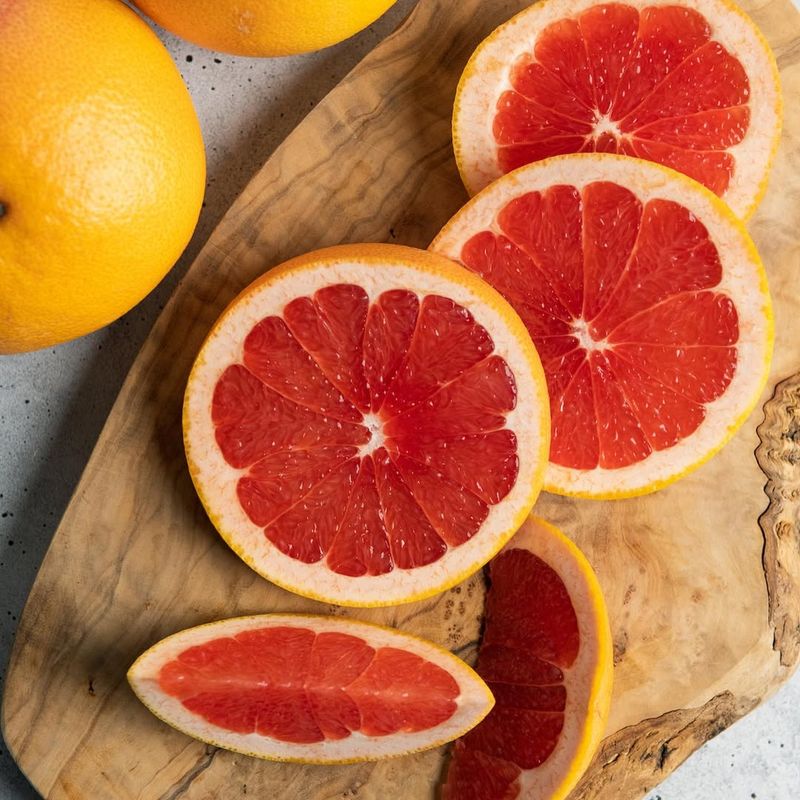
Tart but lovable, grapefruit is a surprisingly solid pick when you’re watching sugar. A half grapefruit contains about 8 to 9 grams of sugar, and its fiber slows the release into your bloodstream.
Plus, it’s full of vitamin C and water, making it hydrating and refreshing. If the bitterness is too much for you, try sprinkling a little cinnamon or chili powder on top for a flavor twist without adding sugar.
Just be mindful if you’re on certain medications—grapefruit likes to stir the pot with prescriptions. Otherwise, it’s fair game for a zesty, satisfying snack.
7. Watermelon
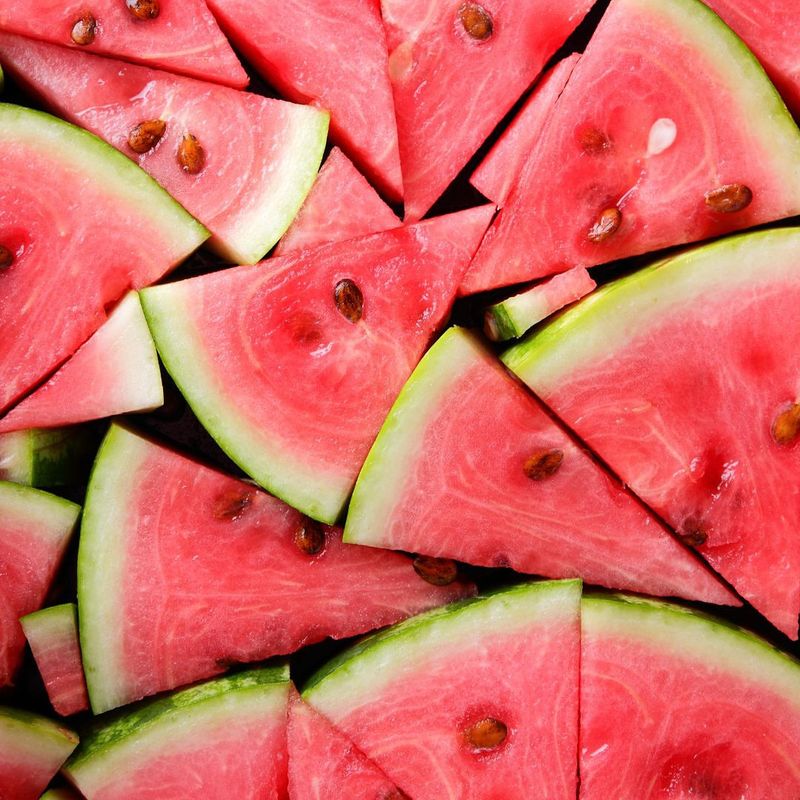
It may sound too good to be true, but watermelon is both delicious and relatively low in sugar—about 9 grams per cup. The key? It’s mostly water. Like, over 90%.
That means you get the sweet taste and refreshing crunch without the sugar overload. It’s the perfect summer fruit that hydrates as much as it satisfies.
Just stick to a measured serving and avoid eating half the melon in one sitting (we’ve all been there). Pro tip: add a dash of lime juice and chili powder for a tangy-sweet snack that’s surprisingly sophisticated.
8. Peaches
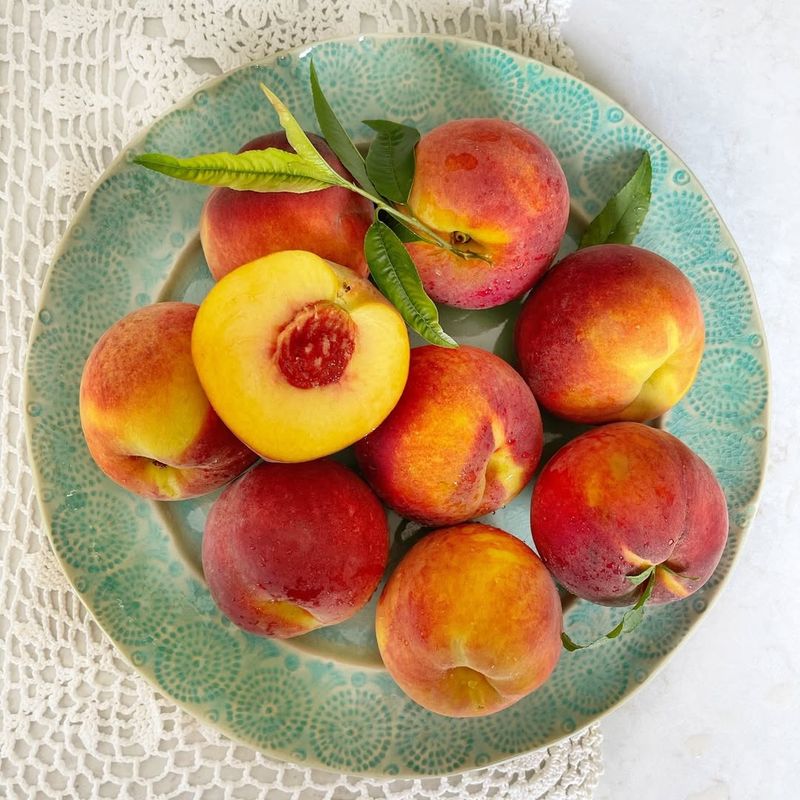
Sweet and juicy, but still manageable—a medium peach contains about 13 grams of sugar, which isn’t bad considering how indulgent it tastes.
The fiber and water content help make that sugar release a little more graceful, so your blood sugar isn’t doing the cha-cha all afternoon. And let’s face it, few things are more satisfying than biting into a ripe, in-season peach.
Grill them for a caramelized twist or slice them over cottage cheese for a protein-packed snack. They’re like the charming Southern belle of the fruit world—graceful, sweet, and always welcome.
9. Cantaloupe
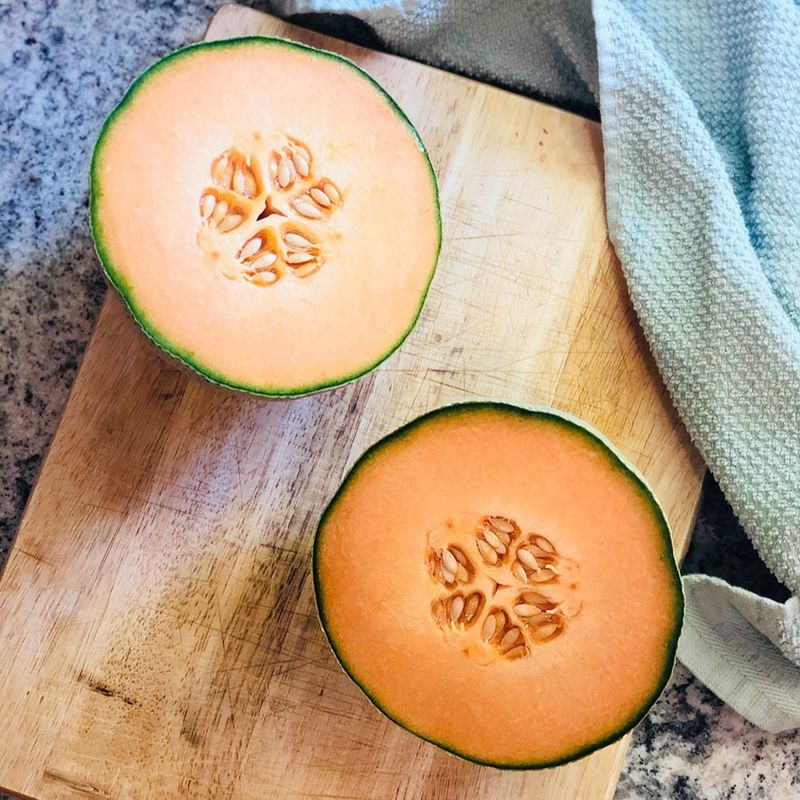
Melons are magic when it comes to low sugar and high water content, and cantaloupe is a shining example. One cup has about 12 grams of sugar, and it fills you up fast thanks to its high water volume.
It’s like dessert, but with fewer consequences. Plus, it’s packed with beta-carotene, vitamin C, and potassium. If you’re craving something cold and sweet, toss a few cubes in the freezer and enjoy them as a frosty treat.
Add a sprinkle of salt or a squeeze of lime if you want to feel like a culinary genius without doing much work.
10. Papaya
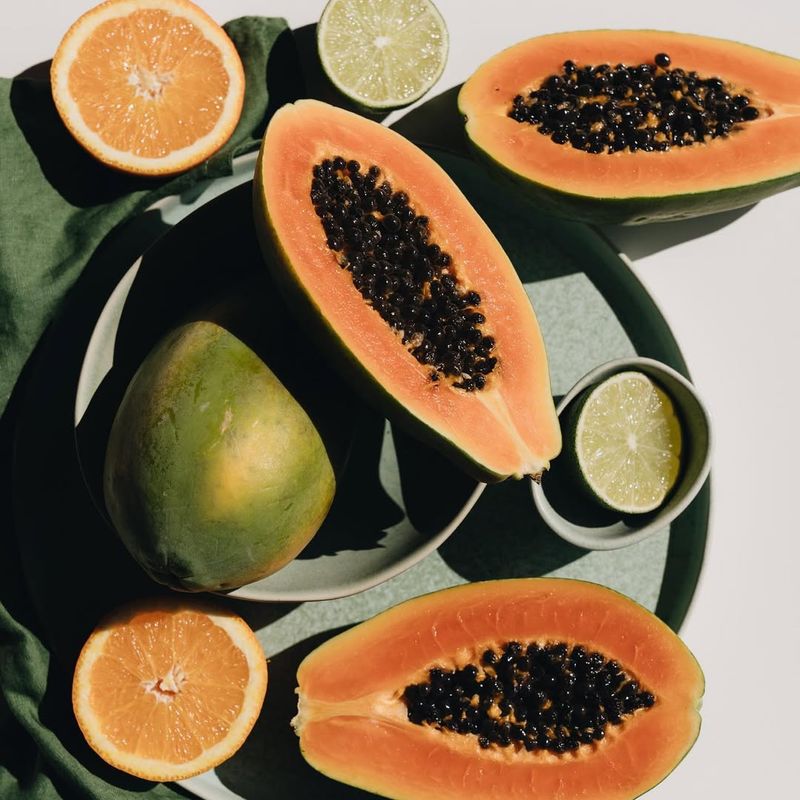
Tropical but not troublesome, papaya keeps things sweet without going overboard. A cup of chopped papaya has around 11 grams of sugar, plus a helpful enzyme called papain that’s great for digestion.
It’s smooth, mellow, and kind of melts in your mouth like a tropical sorbet. The best part? It’s often overlooked, so it feels like discovering a hidden gem every time.
Squeeze a little lime on top to wake up the flavor, or toss it into a smoothie with greens and berries for a sugar-smart blend. It’s the tropical vacation your taste buds can afford—no passport or insulin spike required.
Leave a comment